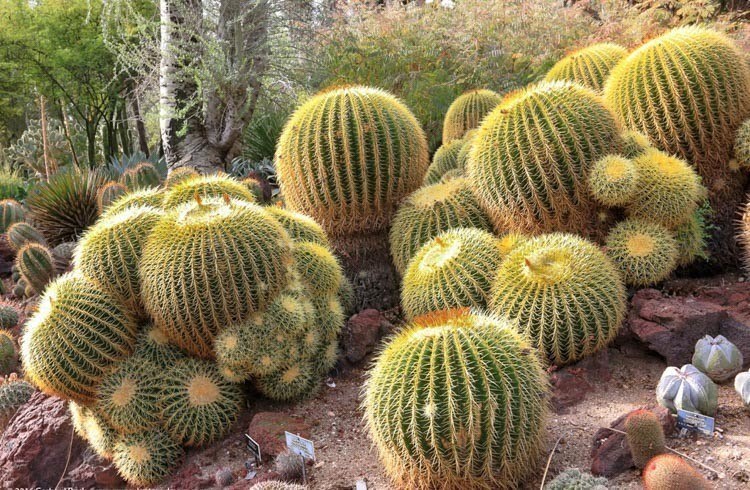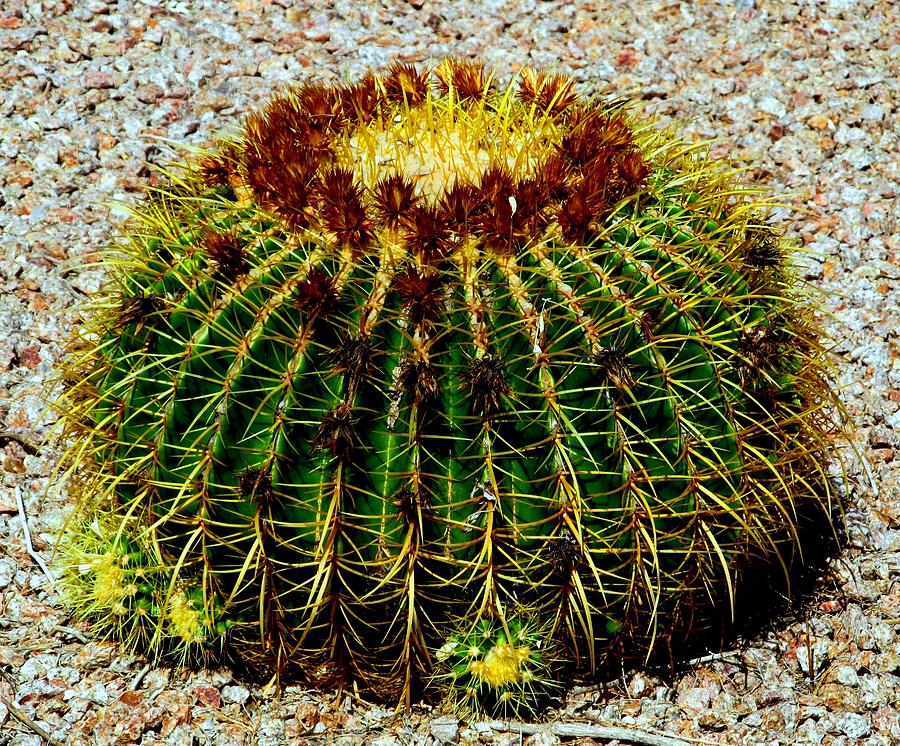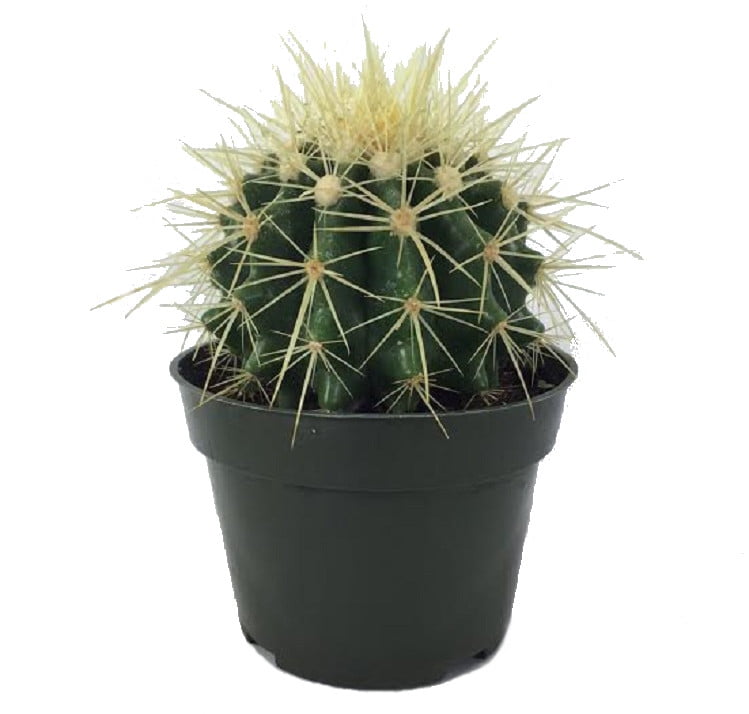


^ Vargas-Luna, Mario Daniel Hernández-Ledesma, Patricia Majure, Lucas Charles Puente-Martínez, Raúl Hernández Macías, Héctor Manuel Bárcenas Luna, Rolando Tenoch (2018).

Lodé: a new genus for a well-known cactus: Echinocactus grusonii". In the UK it has gained the Royal Horticultural Society’s Award of Garden Merit. Golden Barrels are hardy to about −8 ☌ (15 ☏) for brief periods.īeyond Central Mexico, Echinocactus grusonii specimens may also be seen in collections of desert plants in many botanical gardens. Excess water in cool periods may lead to rot. The plants do have some basic requirements an average minimum winter temperature of 12 ☌ (53.6 ☏) and good drainage with less watering in winter. The cactus is considered easy and relatively fast growing in warmer climates around the world. It is one of the most popular cacti in cultivation and has increasingly become popular as an architectural accent plant in contemporary garden designs. A white-spined form, and a short-spined form, are also in cultivation. Small yellow flowers appear in summer around the crown of the plant, but only after twenty years or so.Įchinocactus grusonii is widely cultivated by speciality plant nurseries as an ornamental plant, for planting in containers, desert habitat gardens, rock gardens, and in conservatories. The sharp spines are long, straight or slightly curved, and various shades of yellow or, occasionally, white. There may be up to 35 pronounced ribs in mature plants, though they are not evident in young plants, which may have a knobbly appearance. The generation lifetime is estimated to be 30 years. Younger Golden Barrel plants do not look similar to mature specimens. Growing as a large roughly spherical globe, Echinocactus grusonii may eventually reach over 1 metre (3.3 ft) in height after many years. However, not all authorities have accepted this move so far. To correct this, Echinocactus grusonii has been moved to its own genus, and under this scheme the correct name would be Kroenleinia grusonii Lodé.

Recent phylogenetic studies have found that Echinocactus grusonii is probably polyphyletic with respect to the rest of Echinocactus, and is probably derived from hybrids between Echinocactus and Ferocactus. While sometimes referred to as golden ball, this species is not to be confused with Notocactus leninghausii which have fuzzy, harmless spines and are native to Brazil and Paraguay. The species was first described by German plantsman Heinrich Hildmann in 1891. Also, be aware when planting near high foot traffic areas since they have long, prickly spines.īees and butterflies love this cactus when in bloom.Echinocactus grusonii belongs to the small genus Echinocactus, which together with the related genus Ferocactus, are commonly referred to as barrel cacti. Golden barrel cactus grows moderately fast in the beginning and then slowly once mature. Plant in masses to fully capture the effect of Golden barrels glistening in the sunlight.Īllow space for the cactus to grow. You can also plant them in pots so that you can bring them indoors, which we recommend if you live in cooler regions. You can also use large rocks to partially shade the cactus from intense desert heat.įor a more architectural or whimsical look, plant them so that they form neat lines. We recommend adding visual interest to the landscape by integrating it with plants of other shapes such as yuccas, agaves, and columnar cacti.įor a natural desert look, plant Golden barrels in groups in sandy or rocky areas, where the offsets will freely grow into clusters. This cactus has a very distinct shape and color. The golden barrel is very popular in Mid Century Modern landscape designs here in Palm Springs both in commercial and residential settings. Echinocactus grusonii, also known as Kroenleinia grusonii, is a slow-growing cactus with a spherical, usually solitary stem that becomes barrel-shaped with age.


 0 kommentar(er)
0 kommentar(er)
